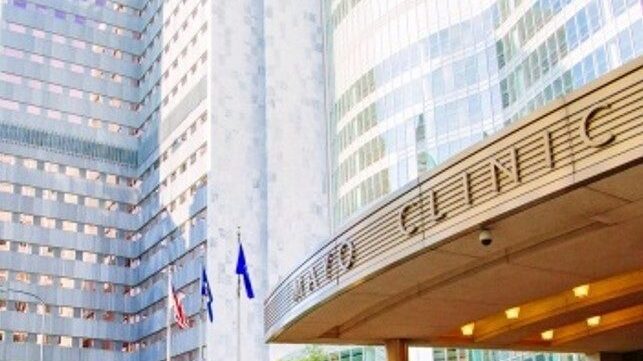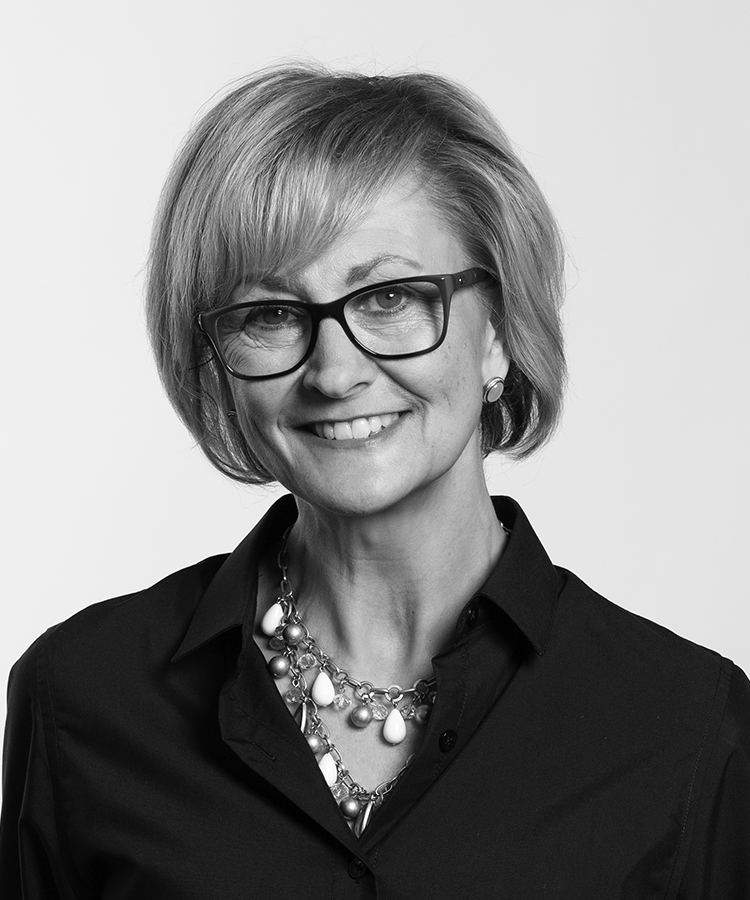For many of us in the communications industry, there will be two distinct phases of our careers: before COVID-19, and after. While much of the “after” is TBD, we can still benefit from lessons being learned along the way, like those shared by Mayo Clinic communication manager Ginger Plumbo during her recent webinar entitled “Health Care Communications in the Age of COVID-19.” I followed up with Ginger afterward to talk more about how Mayo’s communications team has adapted to the challenges posed by COVID-19.
Patrow: Mayo Clinic has been making headlines with its leadership in testing, treatment and research for COVID-19. Many of Mayo’s doctors and leaders have become familiar faces on national news. While Mayo’s response looks seamless on the outside, you say it hasn’t been without challenges.
Plumbo: Absolutely. As we all know, health care media relations on a normal day can be challenging. Before COVID-19, “normal” for Mayo Clinic looked like this:
- 25-30 media calls per day; handled by a team of more than 20
- Daily proactive media efforts (story pitching, issuing press releases and media advisories, etc.)
- Coordinating interviews with Mayo Clinic experts
- Developing unique news content for the Mayo Clinic News Network
- Managing the News Bureau inbox, 24/7 phone line and “on call” staff
- Monitoring the media landscape for opportunities and potential issues
But then, the pandemic hit. Almost immediately, the number of media calls shot up to 50-70 per day – at least double our normal volume. Deadlines were daily, if not hourly; and instead of a variety of stories, there was only one – COVID-19 – that was developing in real time.
So how did you adapt?
Like all health care organizations, it was all hands on deck. First, we looked at our communications priorities. All non-COVID related work was either canceled or postponed so as not to appear “tone deaf.” We also prioritized media outlets and topics in which Mayo could provide the most value.
Next, we looked at staffing. We had three staff members rotate in each day to handle the flood of COVID-19 media requests. Over time, we added one more. Each site (Rochester, Arizona, Florida) managed their own requests. The rest of the team handled other requests, and helped the “on call” person for COVID, based on their availability and expertise.
On top of our normal “beat” structure for assigning media inquiries, we also added a COVID beat structure: testing, research, treatment, preparedness, and assigned staff/teams to COVID beats.
Answering the flood of media requests is one thing. Delivering on them is quite another.
Yes, the Mayo Clinic experts that the media wanted to interview were also the ones in charge of preparedness planning, being a resource for public health and government authorities, and caring for patients. So, we developed a “Spokesperson Bench:” a list of COVID-related experts, their area of expertise, and comfort level with media; and prioritized interviews based on “Top 50” media list and topics/stories we wanted to highlight.
It would be easy for an organization of Mayo Clinic’s size and reputation to focus solely on national and international media. But you made a point of being a resource for local media too.
In good times and bad, our local communities are the heart and soul of our practice. Many of them rely on Mayo not only for health care, but for the information they need to stay healthy. So, we worked with them to answer as many questions and requests as possible, provide an email news briefing twice a week, and offer a daily 60-90 minute media tour during which they could interview available experts via Zoom or Skype, using an online sign-up tool for the 10-minute interview slots.
You also pulled back the curtain on the technological and financial challenges that had to be addressed. Tell me more about that.
By mid-March, all of this had to be done remotely. Phone, Zoom and Skype interviews became our way of life (and our home lives often became the backdrop); and our teams, used to collaborating in person, had to find ways to work together whileapart.
By mid-May, it also became clear that expense cuts, FTE reductions, and furloughs would require us to do as much, or more, with even less. Again, we had to adjust priorities and expectations. We tabled almost all meetings, reports and monitoring; and prioritized our efforts around COVID response, stimulus funding, and ramping up of the clinical practice. We had to be okay with missing some opportunities to give our best to the ones most important to us.
And the lessons learned part?
The big takeaways (as of now – ask me again in a few months): let go of perfection and do your best with the tools you have. Try to laugh – and sleep – now and then. And marvel at all of the teamwork and innovations being born out of necessity along the way. They may become the new best practices we use when we come out on the other side.
Mayo Clinic is a Padilla client.
For more insights on communication and brand strategy, industry trends and more, subscribe today to the Weekly Buzz here.

